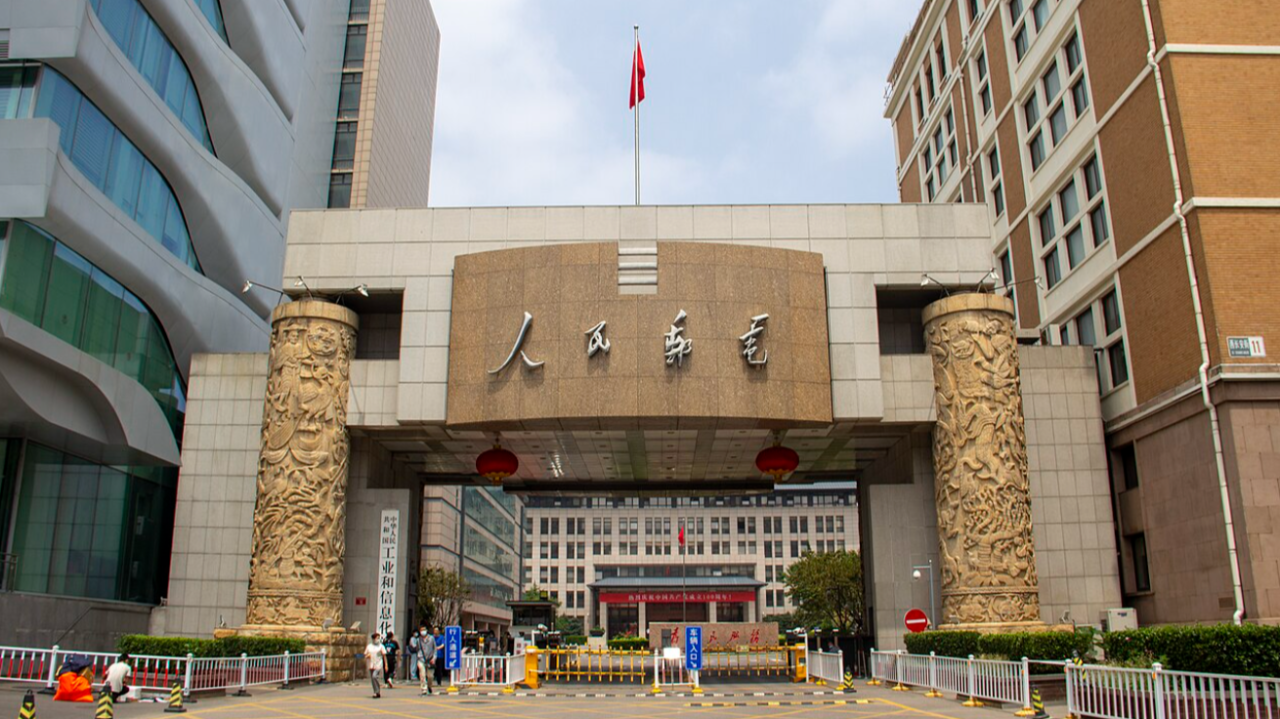The global solar industry is at a turning point. After years of exponential growth and ruthless price competition, China—by far the world’s largest solar manufacturing base—has hit the emergency brake. On July 1, 2025, President Xi Jinping personally chaired a meeting of China’s highest economic authority, the Central Financial and Economic Affairs Commission, where he called for an end to “disorderly low-price competition” in strategic sectors including solar, EVs, and batteries.
Just two days later, on July 3, China’s Ministry of Industry and Information Technology (MIIT) convened a closed-door crisis meeting with top industry players: Jinko Solar Co., Ltd. , Trinasolar , LONGi Solar , JA Solar , Sungrow Power Supply Co., Ltd. , Tongwei Solar , and others. The message? A fundamental restructuring of the solar sector is coming—fast.
What’s Causing the Crisis in China’s Solar Industry?
China’s solar dominance is built on massive scale—but also on shaky economic fundamentals. Here’s why the system is buckling:
1. Massive Overcapacity
By the end of 2024, China had over 1800 GW of module manufacturing capacity—more than twice the global demand of just 700 GW. The result is persistent oversupply.
2. Capital Before Strategy
A flood of speculative investment—PE funds, state banks, SOEs—built factories without market validation, tech edge, or differentiation. With demand lagging, companies turned to price slashing just to stay afloat.
3. No Natural Exit
Solar factories are hard to shut down and cheap to keep running. Most players kept producing—even at a loss—hoping to outlast rivals or get bailed out.
4. Self-Regulation Failed
Top brands attempted voluntary production limits and price floors since 2023. But smaller players undermined these efforts for short-term gain. With no enforcement, the industry collapsed into a price war.
The result? Broken profit models, market chaos, and growing losses—even for tier-1 brands.
What’s Changing: China’s Government Steps In
Now the Chinese government is preparing to intervene decisively. A new wave of policy action is expected to reshape the entire industry:
📉 1. Minimum Price Rules
Regulators may impose price floors based on actual production costs. Below-cost sales would be banned and penalized, essentially introducing domestic anti-dumping rules.
📦 2. Slashing Export Subsidies
Firms overly reliant on tax rebates or export incentives may be squeezed out, forcing a shift toward quality-based competition.
🤝 3. State-Led Consolidation
Expect mergers, acquisitions, and factory shutdowns, supported by government financing or regulatory incentives. Strong players will absorb or outlast weaker ones.
🏗️ 4. Capacity Quotas for Materials
Restrictions on upstream inputs like polysilicon, glass, and wafers would limit overproduction at its source—stabilizing the entire value chain.
Sources: pv magazine Global
What This Means for Europe
The ripple effects of China’s restructuring will be felt globally. Here’s what European players should expect:
🔼 1. Prices Will Stabilize—or Rise
As overcapacity is curbed and price dumping ends, module and inverter prices are likely to stop falling. A moderate increase is even possible—breaking the years-long deflation trend.
📈 2. Stronger Project IRRs
Stable or rising prices can actually boost margins for European EPCs, installers, and developers—especially those securing supply today at favorable terms.
🇪🇺 3. Opportunities for Western Brands
As weak Chinese players exit and compliance standards tighten, European and U.S. brands offering higher quality, local service, or secure supply chains will gain new traction.
⏳ 4. The Best Time to Lock in Supply
We’re now in a transition phase—oversupply still exists, but policy is tightening. This is the ideal moment to finalize procurement deals before prices move up.
Conclusion
China’s solar industry is entering a new era: from aggressive expansion to policy-led consolidation. For Europe, this is a window of opportunity: stabilizing prices, improving margins, and rebalancing the market in favor of long-term value.
📩 Want early access to price forecasts or a personal procurement strategy for your portfolio? Get in touch with the Search4Solar team today.
